Something you may not know about Japan is that it is largely a cash-centric society. Economists have voiced different theories about why it is that the Japanese love to stash their cash, and these range from Japan having a large elderly population that prefers to use cash all the way to the general public being afraid of not being able to access their cash in case of a typhoon or tsunami. All good points!
There is an exception to the usual ‘cash only’ rule, however, and that is the Suica IC Card. The Suica Card brings Tokyo a little more in line with the tap-and-go mentality of the western world. So, while Japan is usually almost the exact opposite of places like Australia where it’s all ‘boop’ this and ‘boop’ that (that’s the noise contactless payments make, duh) with Suica you’ll feel like you’re back home. It’s basically a rechargeable card that you can use for transport and shopping.
Read on to work out if the Suica IC Card is for you. Spoiler alert: it is.
1. What exactly is the Suica IC Card?
The Suica IC Card is a travel card that is used in Tokyo as a convenient means to pre-pay for trains and buses. Think of it like the Octopus card in Hong Kong, the Oyster in London or the Opal in Sydney. The Suica IC Card is one of the most popular cards used by Tokyo locals and travellers alike, but it is actually more than just a prepaid travel ticket.
The transport networks that the Suica IC Card covers means you are able to travel on all JR East trains and subway lines, and it even provides travel on some buses. Unlike some prepaid travel cards, however, the difference between this one and others is that your preloaded funds dictate when it runs out, rather than the expiration occurring after a certain amount of time (like the JR East pass or Subway pass), i.e. it isn't unlimited travel for 24 hours; say you load $30, and a train ticket is about $5, you’ll have 6 trips until you need to preload. Kapiche?
The other thing that sets the Suica apart from other prepaid travel cards is that you can also use it for making purchases in other places. We will run through that in a bit more detail below.
2. Where can I buy a Suica IC Card from?
This one’s easy! You can get one right here on Klook.
We want you to be prepared, so our cards come pre-loaded with 1,500 yen to kick off your trip (that’s about $23 AUD depending on the exchange rate when you buy) and gets you good and ready to start tap-tap-tapping your way across Tokyo.
If you’re not quite sold yet, that’s ok. You can still buy a Suica IC Card on arrival in Tokyo. They are available for purchase at both Narita and Haneda airports, from vending machines at train stations (complete with English instructions) or anywhere you spot the bright green logo and adorable penguin mascot.
It’s best to buy before you go, though, that way you can hit the ground running!
3. How do I organise pick up of my pre-purchased Suica Card?
If you pre-purchase your Suica through Klook (and why wouldn’t you?) you can pick it up from either the airport or the city.
There are pick-up spots at both Narita and Haneda airports, as well as easily accessible collection points in Harajuku and Shinjuku – two areas you are bound to visit on your time in Tokyo anyway.
Pick up from the airport is preferable because it does mean you can start to use the Suica straight away by catching the train from Narita into Tokyo and it also saves you from waiting in line to buy a paper ticket.
4. Can I use the Suica Card to get from the airport to Tokyo?
If you land in Narita, once you’ve picked up the Suica Card, you will be able to hop straight on the Narita Express, a train line run by Japan Rail and its JR East division.
If you land at Haneda, you can jump on the Tokyo Monorail into town. Simple!
And get this: not only can the Suica Card be used on JR East lines in the Tokyo metropolitan area, it can also be used on subway trains, select buses. Is there anything the Suica Card can’t do?
5. Where else can I use my Suica Card?
The Suica Card is your friend in travel and goes further than just the transport system. You can use your Suica card wherever you see the logo displayed, but to give you an idea of where that might be, you’re looking at:
- Vending machines;
- Select restaurants;
- Inside the train (such as in dining carts);
- Convenience stores;
- Stores located inside train stations; and
- Even some taxis, parking facilities and lockers-for-hire.
It’s just sounding better and better by the minute, isn’t it? You just tap it like a normal card.
6. How does the Suica Card differ from a Subway pass?
Put simply, the Subway pass does not allow you to travel on the JR East line, which you might find is actually the most convenient line or the train line you need to catch at certain times during your trip. Public transport services all of Tokyo, but there is an abundance of JR lines, whereas the subway only has 13.
If you are well versed in the Tokyo Subway system and think you can make the 13 lines work for you and your needs, it may be worth opting for a Subway only pass, but bear in mind the Suica IC Card is that much more flexible and you won’t have to think about who owns the train line you’re planning to catch or if you’ll need to hand over more Yen to cover that portion of the trip.
If you’re a bit confused about the public transport in Tokyo, read this.
7. Is it safer to use a Suica Card in Tokyo rather than my credit card?
The beauty of using a Suica Card is that it isn’t connected to any of your personal bank accounts, so if you lose your card or, heaven forbid, are the victim of theft (very unlikely in Tokyo, by the way!) the most you stand to lose is up to the equivalent of about AUD$300, as that’s the maximum you can load onto a Suica at any one time. Phew!
To keep things safe, you could load small amounts of around AUD$20 to AUD$50 at a time (depending on how often you’ll be jumping on public transport) to your card. You’ll never spend more than AUD$5 on any one train trip, so it’s easy to get around without putting stacks of cash on the card, too.
8. Is there anything else I should know about the Suica Card?
There are just a couple of small things to remember:
While the Suica IC Card can be registered to you personally, there isn’t much point if you are just visiting Japan for a short stay as any funds you might need to transfer over due to a lost or stolen card, might take longer to arrive than your time remaining in Tokyo. With that in mind, it means you cannot lose your Suica as you will not be refunded or credited for funds lost. Treat. It. Like. Cash.
Speaking of refunds, when you do leave Tokyo, you can return the actual card for a 500 Yen refund, plus a return of any monies remaining on the Suica Card (minus a small service fee).
So, what are you waiting for? Tick another thing off the to-do list and grab your Suica Card now. You’ll be so thankful to have just one card to worry about for your public transport needs.
Suica IC Card - Quick Facts
How much? Approx $35 AUD
What’s included? It’s preloaded with JPY1,500, and a deposit of JPY500 (which will be refunded, along with any unused monies when you leave)
Where to buy? Right here!
Where to pick up? At the airport when you land in Tokyo. Full list here


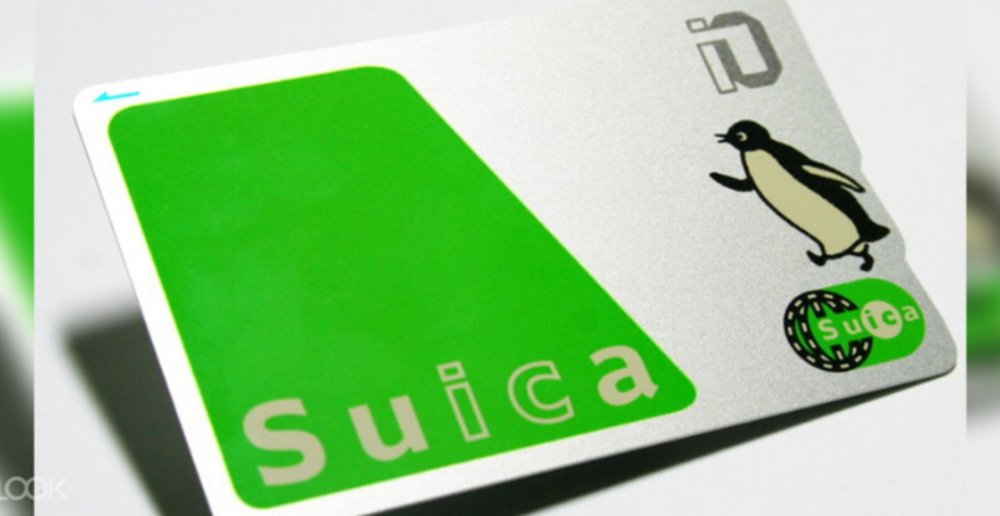
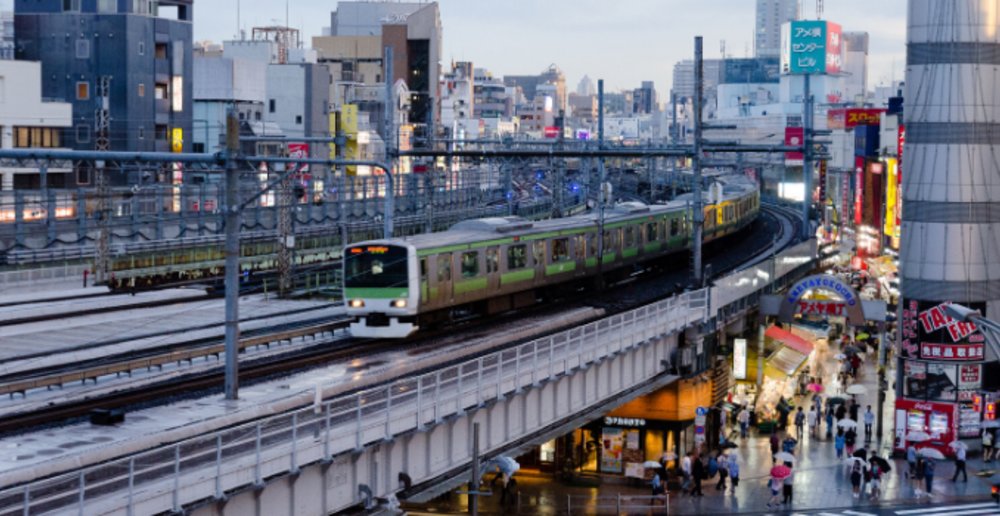
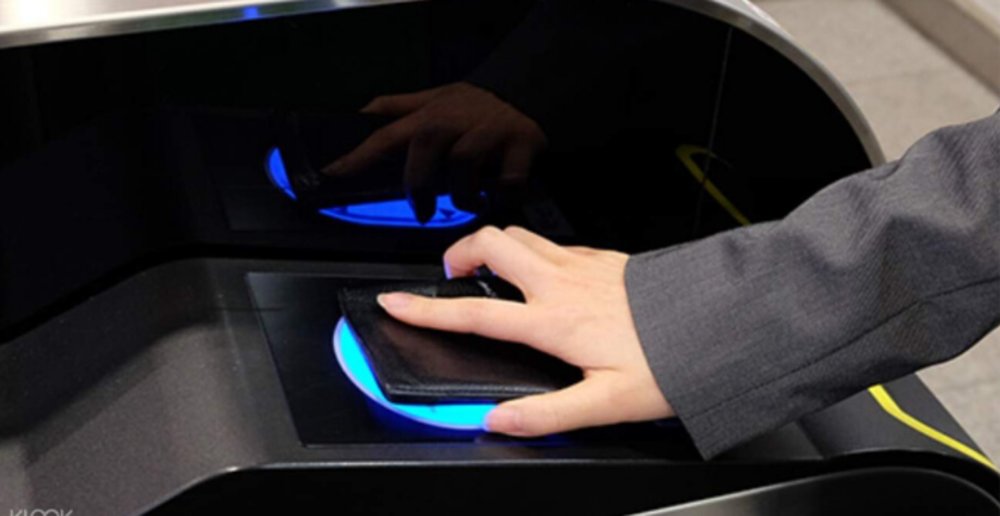

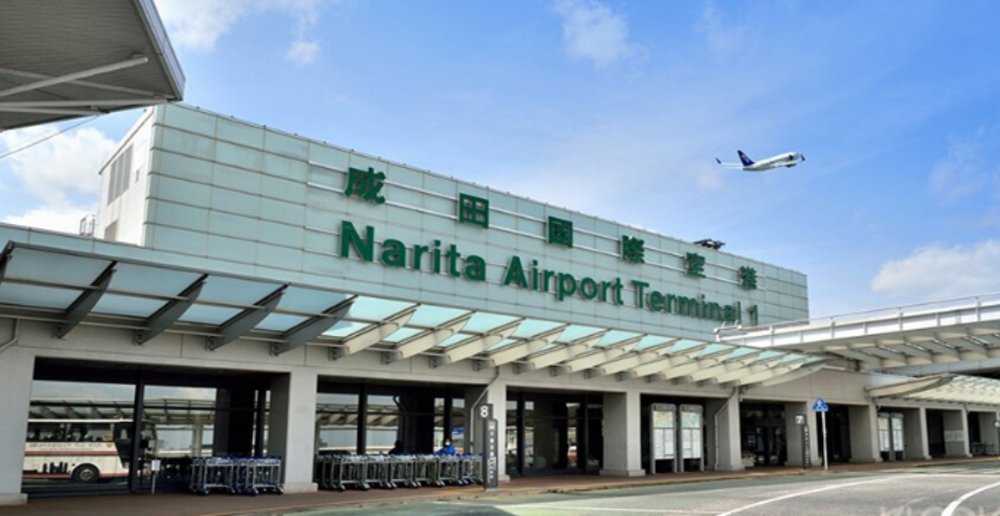
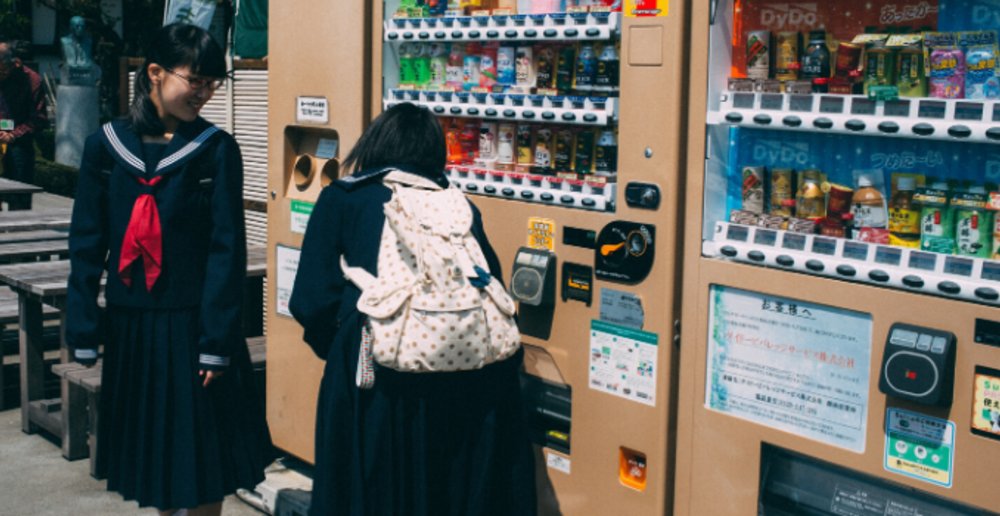
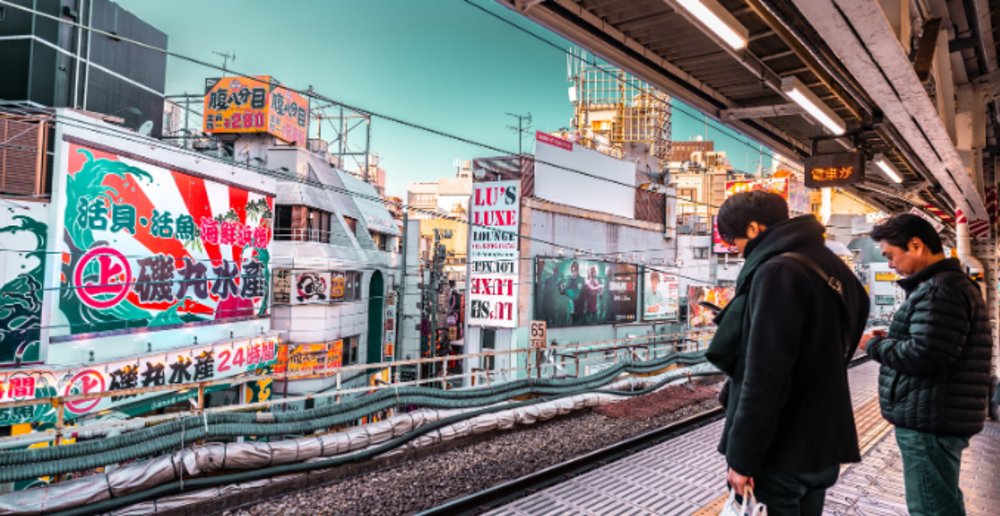
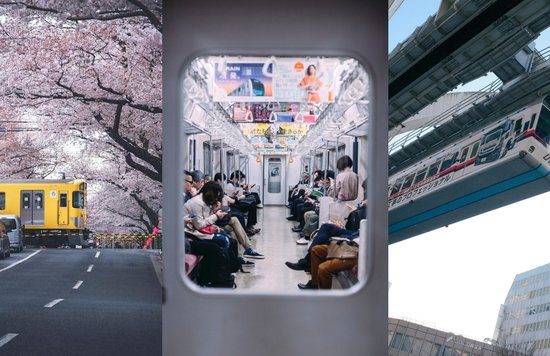
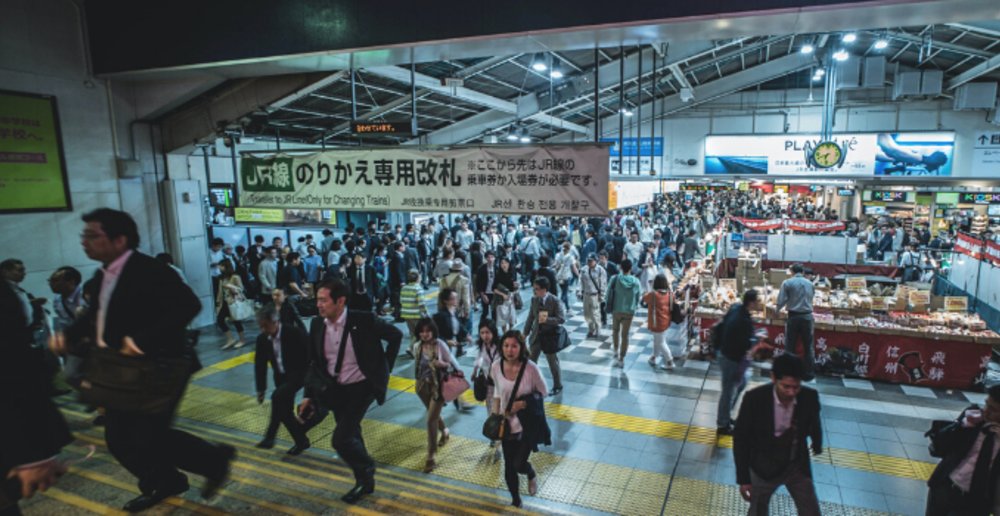
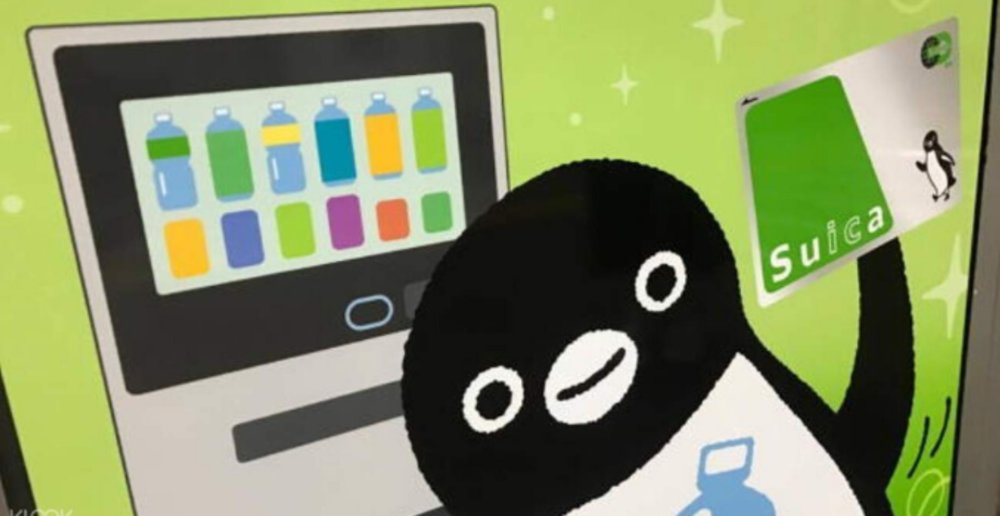




![[Updated] Complete List Of Official Nationwide MCO SOP 2021](https://res.klook.com/image/upload/fl_lossy.progressive,q_85/c_fill,w_160,h_104/v1633858858/blog/iso56uzsphmdguixkvzh.jpg)





![[Updated] Complete List Of Official Nationwide MCO SOP 2021](https://res.klook.com/image/upload/fl_lossy.progressive,q_85/c_fill,w_410,h_264/v1633858858/blog/iso56uzsphmdguixkvzh.jpg)







